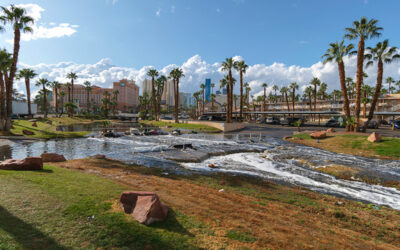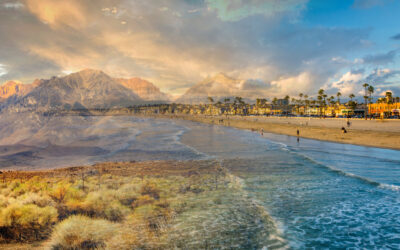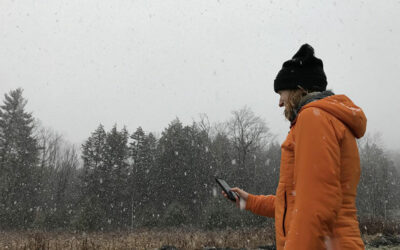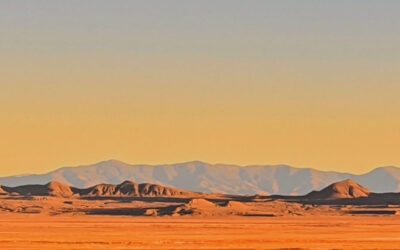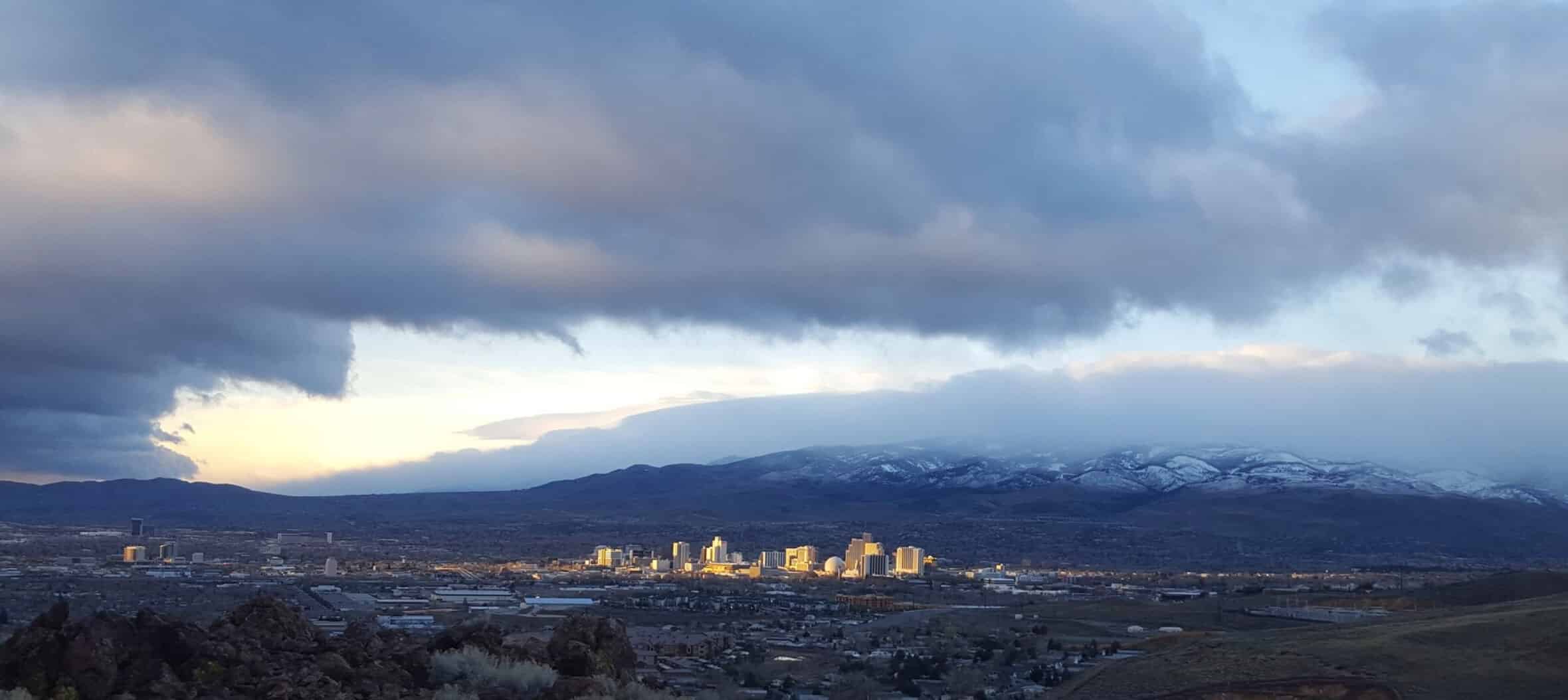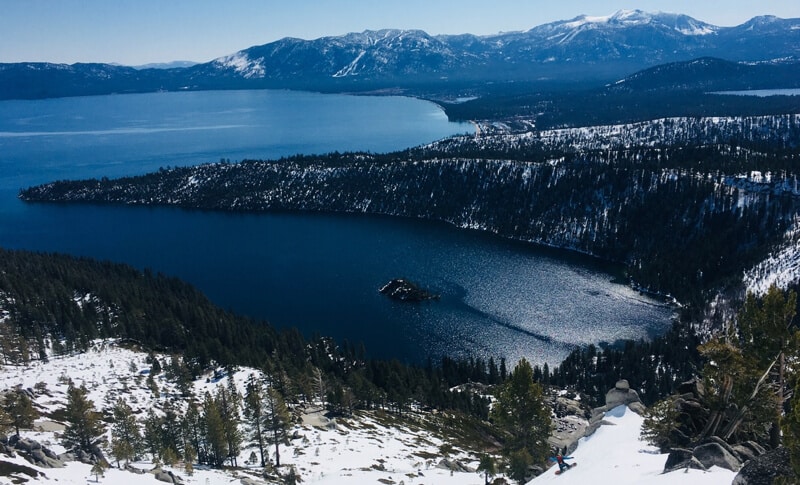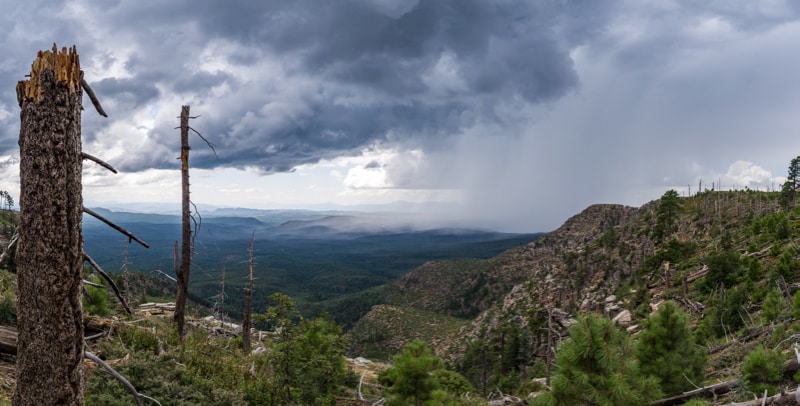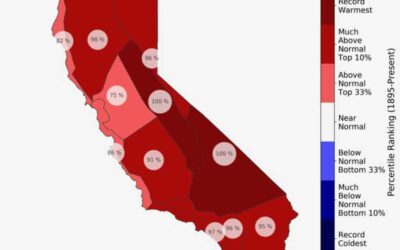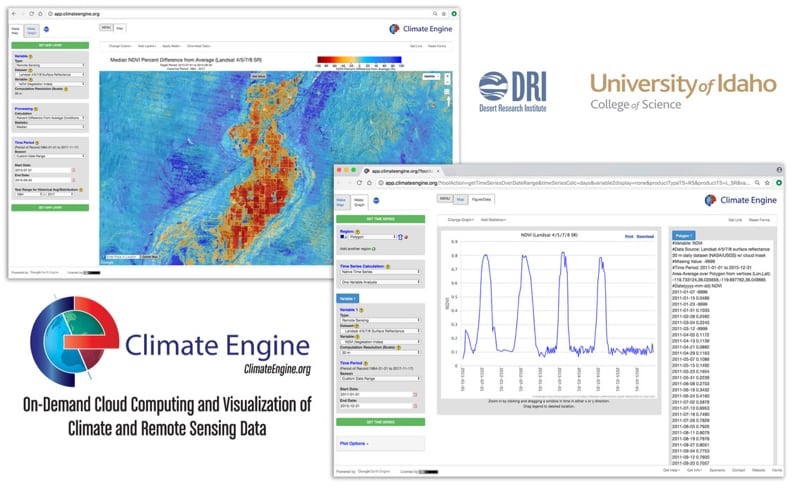Researchers found that urbanization and climate change are changing the strength and seasonality of flooding in the Las Vegas region.
DRI Leading $5 Million Regional Climate Adaptation Project
With $5 million from NOAA’s Climate Adaptation Partners initiative, CNAP will focus on preparing communities to address local climate hazards.
Successful Citizen Science Weather Tracking Effort Goes National, Receives Three Additional Years of Funding From NASA
Researchers from Lynker, DRI, and UNR are partnering with community observers to track winter storms activity through Mountain Rain or Snow.
New study shows robust increases in atmospheric thirst across much of U.S. during past 40 years
A new study showed substantial increases in atmospheric thirst across much of the Western U.S. during the past 40 years, with the largest and most robust increases in an area centered around the Rio Grande and Lower Colorado rivers.
New research shows impact of using shared language and building public trust in weather forecasts
Reno, Nev. (January 22, 2019): For meteorologists, effectively communicating weather forecasts and their related dangers is essential in maintaining the health, safety, and resilience of communities. A new study published by a team of researchers from the University...
Research team develops first lidar-based method for measuring snowpack in mountain forests
Reno, Nev. (Jan. 22, 2018): Many Western communities rely on snow from mountain forests as a source of drinking water – but for scientists and water managers, accurately measuring mountain snowpack has long been problematic. Satellite imagery is useful for calculating...
New study identifies atmospheric conditions that precede wildfires in the Southwest
Reno, Nev. (January 3, 2018): To protect communities in arid landscapes from devastating wildfires, preparation is key. New research from the Desert Research Institute (DRI) in Reno may aid in the prevention of large fires by helping meteorologists and fire managers...
Southwest Climate Adaptation Science Center Receives $4.5M for Continued Research
Reno, Nev. (Nov. 15, 2018) - The Southwest Climate Adaptation Science Center (SW CASC), a collaborative partnership between regional research institutions and the United States Geological Survey (USGS), recently received a five-year, $4.5 million grant from the USGS...
Updated California Climate Tracker tool provides more than 120 years of climate data
Reno, NV (Sept 10, 2018) - Scientists from the Western Regional Climate Center (WRCC) at the Desert Research Institute (DRI) in Reno, NV are pleased to announce the release of a long-awaited update to a climate mapping tool called the California Climate Tracker...
Climate Engine offers unprecedented access to Earth image datasets
Reno, NV (Thursday, December 7, 2017): Working with large environmental datasets is a complex and time-consuming endeavor, often requiring huge amounts of data storage, specialized high-performance computers and technical knowledge. Climate Engine (ClimateEngine.org),...
